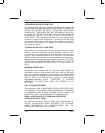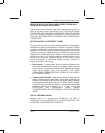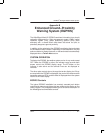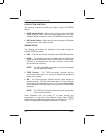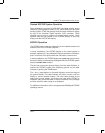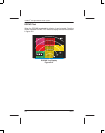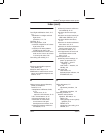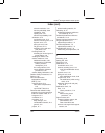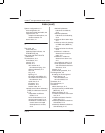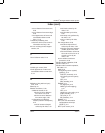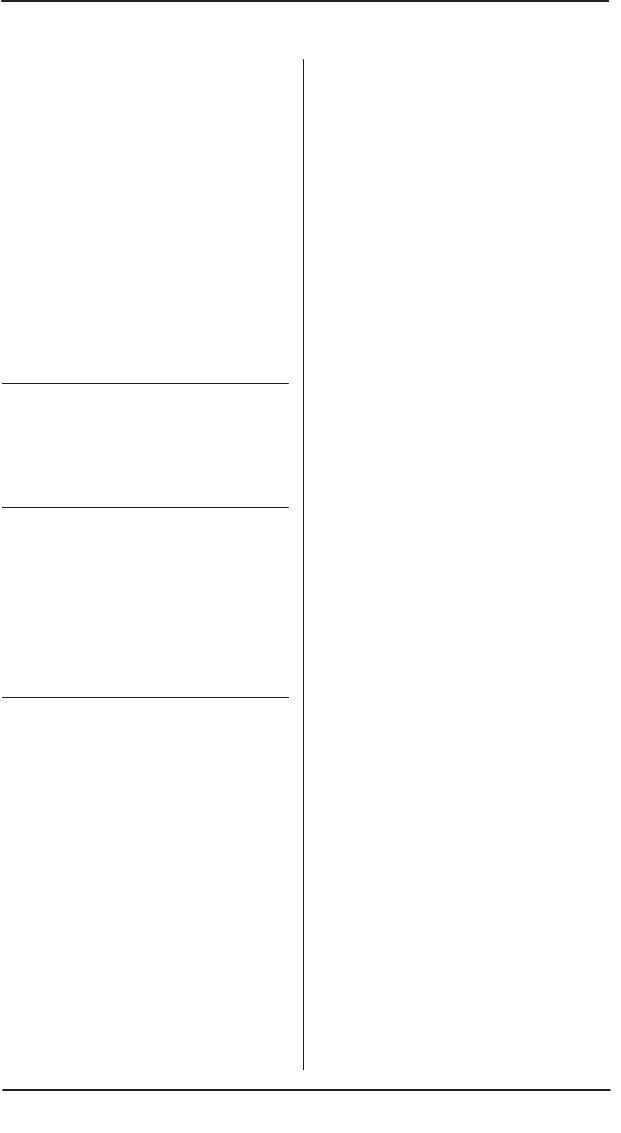
PRIMUS
R
660 Digital Weather Radar System
A28–1146–111
REV 2
Index
Index–7
Index (cont)
versus distance from storm core,
5-55
versus distance from storm edge,
5-55
visual appearance of storm and
associated turbulence with
them , A–12
Turbulence probability, 5-34
turbulence levels (from airman’s
information manual), 5-36
24–hour exchange/rental support
centers, 9-2
U
Use of airborne radar, A–13
V
Variable gain control, 5-30
Visual appearance of storm and
associated turbulence with them ,
A–12
W
Wallowing (wing walk and yaw)
error, 5-19
Warranty, 9-1
Weather avoidance, 5-43
additional hazards, 5-55
turbulence versus distance
from storm core, 5-55
turbulence versus distance
from storm edge, 5-55
configurations of individual
echoes (northern hemisphere),
5-47
avoid all crescent shaped
echoes by 20 miles, 5-51
avoid hook echoes by 20
miles, 5-47
avoid pendant by 20 miles,
5-50
avoid steep rain gradients by
20 miles, 5-51
avoid v–notch by 20 miles,
5-49
line configurations, 5-52
avoid bow–shaped line of
echoes by 20 miles, 5-54
avoid line echo wave patterns
(LEWP) by 20 miles, 5-53
avoid thunderstorm echoes at
the south end of a line or at
a break in a line by 20
miles, 5-52
severe weather avoidance
procedures, 5-43
Weather display calibration, 5-28
Weather radar, A–7
Weather radar controller operation,
WC–660, 3-10
GAIN, 3-16
LSS (lightning sensor system)
(optional), 3-13
CLR/TST (clear/test), 3-13
LX (lightning sensor system),
3-13
OFF, 3-13
SBY (standby), 3-13
RADAR, 3-14
FP (flight plan), 3-15
GMAP (ground mapping),
3-14
OFF, 3-14
rainfall rate color coding, 3-14
STBY (standby), 3-14
TST (test), 3-15
WX (weather), 3-14
RANGE, 3-11
RCT (rain echo attenuation
compensation technique
(REACT)), 3-11
SECT (scan sector), 3-12



